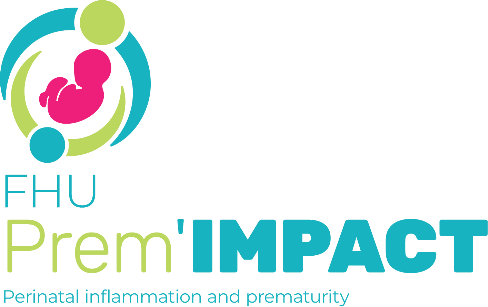Abstract
Introduction: Pre-viable premature rupture of membranes (pre-viable PROM) is a rare event occurring in less than 1% of pregnancies. Nevertheless, it can be responsible for severe maternal complications, the risk of which needs to be balanced with the possibility to prolong the pregnancy up to viable gestational age. Maternal sepsis was reported in 1%-5% of women who received conservative management and prophylactic antibiotics, but information on maternal mortality is lacking. Our objective was to identify maternal deaths in women who had pre-viable PROM, describe the characteristics of the women, explore preventability factors within the care they received, and estimate the lethality of pre-viable PROM.
Material and methods: We identified all maternal deaths associated with pre-viable PROM from the 2001-2015 French National Confidential Enquiry into Maternal Deaths (NCMM). Data on women’s characteristics and the care they received were extracted from the ENCMM database. The lethality was determined after estimating the total number of pregnant women with pre-viable PROM from the national hospital discharge database.
Results: Between 2001 and 2015, we identified seven maternal deaths associated with pre-viable PROM, representing 0.6% of all maternal deaths over this period (ie, maternal mortality ratio 0.06/100 000 live births). Six maternal deaths were attributed to sepsis after genital infection by Gram-negative bacilli and one to postpartum hemorrhage due to placenta accreta. Four of these seven cases were considered preventable. The main preventability factors were delayed diagnosis, delayed fetal extraction, and inappropriate antibiotic treatment. The estimated lethality was 4.5/10 000 women with pre-viable PROM.
Conclusions: Maternal death associated with pre-viable PROM is rare but possible. Most of these deaths seem preventable, with areas for improvement related to earlier diagnosis and better treatment of uterine infections, which can evolve rapidly.
